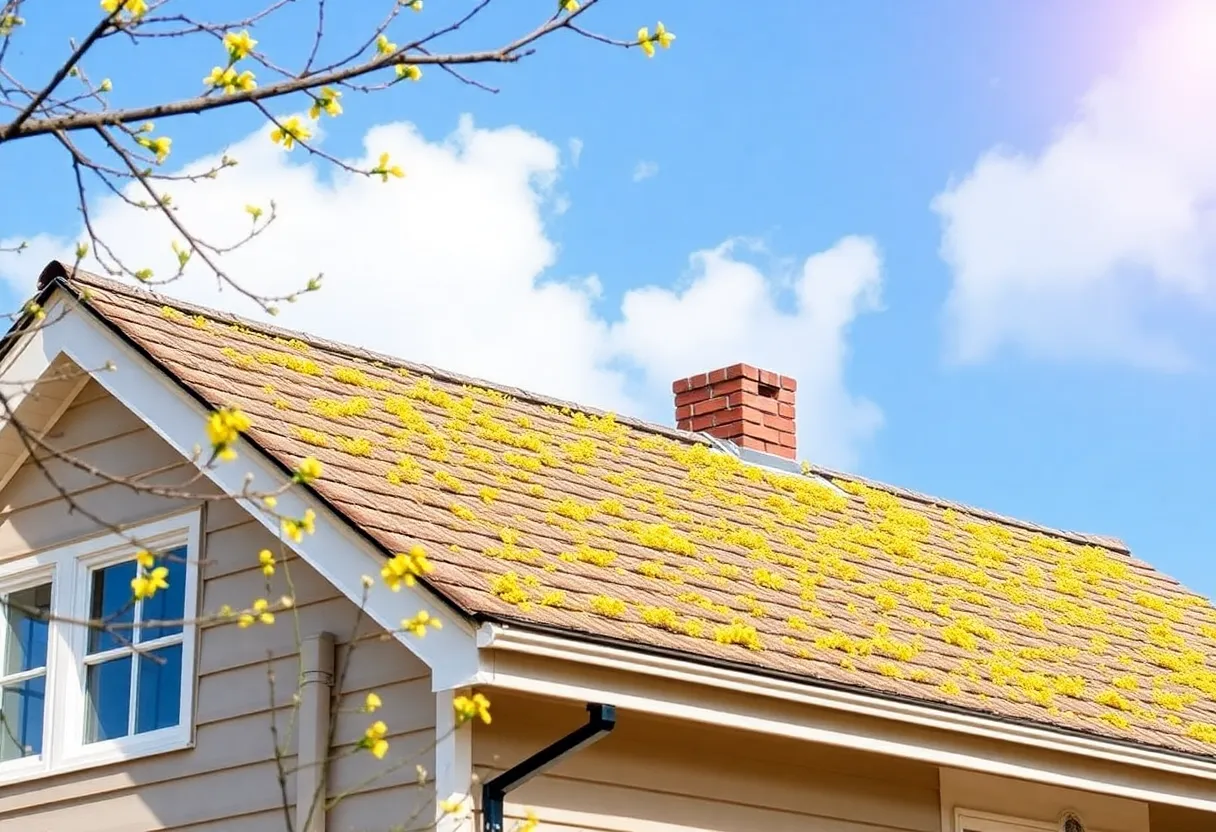How to Effectively Prepare Your Roof for Spring: Essential Tips for Homeowners
With the arrival of spring comes the opportunity for homeowners to assess and prepare their roofs. The transition from winter to spring can be challenging, with potential for weather-related damage and debris accumulation. Proper preparation not only extends the longevity of your roof but also ensures the safety and security of your home.
Conduct a Thorough Roof Inspection
Begin your spring preparation by conducting a comprehensive roof inspection. This step is critical for identifying any damage that may have occurred during the winter months. Focus on the following areas during your inspection:
Look for Visible Damage
- Check for missing or cracked shingles. Any signs of deterioration may signal a need for repair or replacement.
- Inspect flashings around chimneys and vents, as these are common areas for leaks.
- Look for signs of sagging or uneven areas, which may indicate structural issues.
Examine Gutters and Downspouts
Your gutters and downspouts play a vital role in directing water away from your roof and home. Ensure they are clear of debris, which can cause blockages and lead to water pooling on your roof. Pay special attention to:
- Removing leaves, twigs, and other debris from the gutters.
- Ensuring downspouts direct water away from the foundation of your home.
Clear Roof Debris
Spring weather often brings wind and rain, which can dislodge debris from the surrounding area onto your roof. Accumulated debris can trap moisture and cause damage over time. Take the following steps to clear your roof:
Remove Limbs and Leaves
Use a roof rake or a broom with a long handle to gently push leaves and limbs off your roof. Avoid using sharp objects that could damage roofing materials.
Check for Mold and Algae Growth
Spring is a prime time for mold and algae to develop. Inspect your roof for any discoloration that might indicate their presence. To remove them:
- Use a mixture of water and bleach to treat affected areas, or consider using a commercial roofing cleaner.
- Ensure safety by using appropriate ladders or scaffolding while working on the roof.
Assess Insulation and Ventilation
Proper insulation and ventilation are essential for maintaining a healthy roof system. Poor airflow can contribute to moisture buildup, leading to mold and deterioration. Therefore, check the following:
Inspect Attic Insulation
Ensure your attic is adequately insulated to prevent heat loss. Lack of adequate insulation can lead to freezing and thawing cycles, which compromise your roof. If insulation appears compressed or inadequate, consider adding more.
Check Ventilation Systems
Ensure that ridge vents and soffit vents are clear. Good ventilation allows for moisture and heat to escape, preventing damage during warmer months. Confirm that all vents are functioning effectively and free of blockages.
Repair or Replace Damaged Shingles
If your inspection revealed missing or damaged shingles, taking action is essential to prevent further issues. Depending on the extent of the damage, homeowners can pursue two options:
Patch Small Areas
For minor repairs, a tube of roofing sealant can work well. Apply it to the damaged area and press the shingle back into place. Ensure you use a sealant that is compatible with your roofing material.
Replace Entire Shingles
For broader damage, consider replacing the entire shingle. Remove the damaged piece, exposing the underlayment. Install a new shingle using roofing nails and sealant to hold it in place securely.
Perform Preventative Maintenance
Routine maintenance is critical in ensuring the lifespan and efficiency of your roof. Implement a few proactive measures to safeguard your roof:
Trim Overhanging Trees
Tree branches can scrape and damage roofs during storms. Regularly trim branches to avoid contact with your roof, reducing the risk of abrasion and potential leaks.
Schedule Professional Roofing Services
While self-inspections are beneficial, routine check-ups by a professional can catch issues often overlooked by untrained eyes. Consider scheduling a professional roofing inspection every few years to maintain optimal roof health.
Know When to Replace Your Roof
As roofs age, they become susceptible to a host of issues. Familiarize yourself with the signs that may indicate it’s time to replace your roof:
Widespread Shingle Damage
If you discover widespread shingle damage, more profound issues may be at play. Excessive curling, cracking, or granule loss often indicates the need for total replacement.
Age of the Roof
Most roofs have a lifespan of 20-30 years depending on materials. If your roof is nearing the end of its expected lifespan and showing signs of wear, consider replacement to avoid costly repairs in the future.
Prepare for Spring Weather
Spring is known for unpredictable weather, including heavy rains and storms. By taking proactive steps, you can minimize potential damage:
Inspect Flashings and Sealants
Pay close attention to the integrity of flashings and sealants. Ensure they are in good condition to prevent leaks during heavy rainfall. Reapply sealant where necessary to enhance watertight barriers.
Ensure Clean Drainage Systems
Clean and functional drainage systems are critical in diverting water away from your roof. Continuously monitor them, especially after spring storms, to confirm there are no clogs or backups.
Final Thoughts
Properly preparing your roof for spring is vital for maintaining its integrity and ensuring its long lifespan. By conducting thorough inspections, clearing debris, performing necessary repairs, and practicing preventative maintenance, homeowners can safeguard their homes against the unpredictable elements of spring.
Investing time and effort into preparing your roof will not only enhance its performance but also ensure your entire home remains safe and resilient throughout the season.





 Mays Contracting
Mays Contracting


